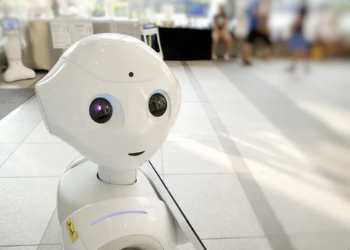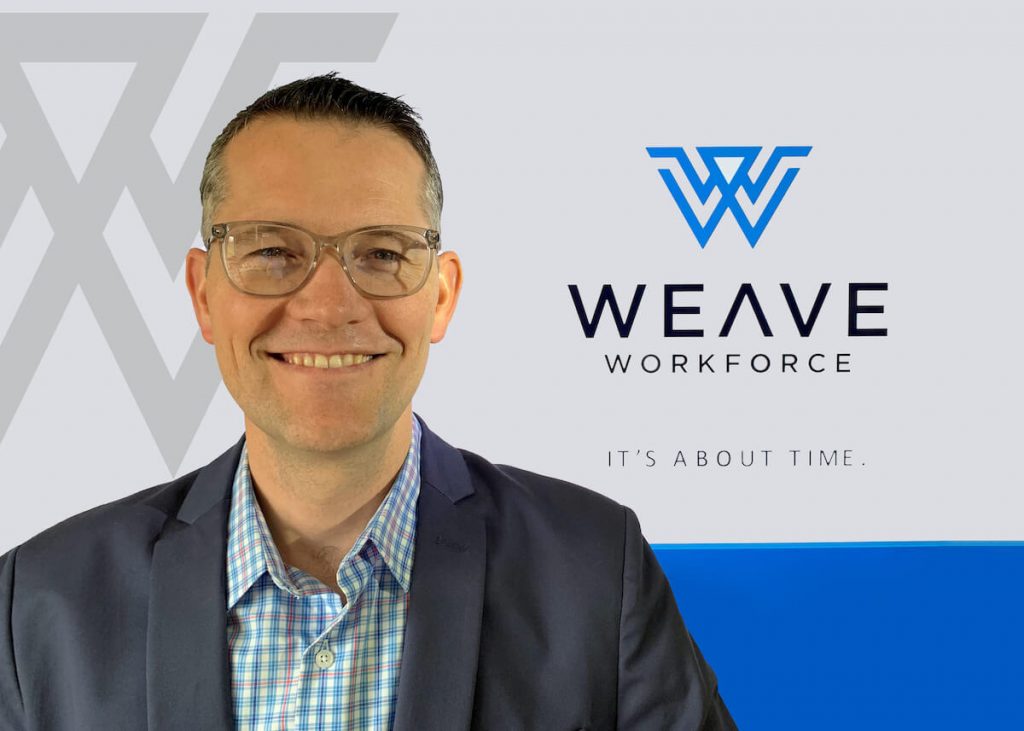How much did you spend on labor last month? Last week? Today? What do you do when you are spending too much on labor? Overstaffing contributes to millions of dollars in bottom line losses for stores each year.
On the other hand, what about when you don’t have enough people or the right people? The reverse leads to longer customer wait times and lost revenue. Incorrect labor scheduling leads to higher expenses on one side and unsatisfied customers on the other.
There are new options today to fix this. Applied artificial intelligence (AI) solutions can optimize workforce scheduling for significant cost reductions and increased revenue. After deploying a workforce optimization solution, one regional retail chain with operations in four states experienced a 14 percent reduction in labor costs and an increase in same store sales of 2.1 percent. This resulted in millions of dollars in bottom line profits. Winning on both sides of the equation is fundamental to success in the ever-challenging retail environment.
There are new options today to fix this. Applied artificial intelligence (AI) solutions can optimize workforce scheduling for significant cost reductions and increased revenue. After deploying a workforce optimization solution, one regional retail chain with operations in four states experienced a 14 percent reduction in labor costs and an increase in same store sales of 2.1 percent. This resulted in millions of dollars in bottom line profits. Winning on both sides of the equation is fundamental to success in the ever-challenging retail environment.
Additionally, a model should account for human intelligence and enhance a manager’s decision-making rather than replace it. As Ben Schein, VP of data curiosity at Domo, observed, “Often on our journey of artificial intelligence, we forget that we need to continue to value the human intelligence present in our organizations. AI needs input from a manager who has worked in stores for 20 years. That manager just does not need to spend all his time in spreadsheets calculating shifts.”
The first step in utilizing AI models in workforce optimization is to assemble the data. This data will come from internal, location-specific sources as well as include outside data affecting the demand for goods or services. Internal sources may include the number of customers and sales, product pricing and discounts, contact center and customer satisfaction data, current staffing levels, historic time-clock data and other back-office data. External datasets for a physical location may include weather data, economic health, income and wages, and other factors that influence consumers and their decision to visit a store and make a purchase on a particular day.
AI solutions for labor optimization bring together the data from public sources, contact centers, back-office, weather and POS into one platform to enable the models to predict the optimal staffing and scheduling for individual teams. Given the many factors that drive employee utilization, a solution should account for the known factors today and be flexible to learn from and incorporate new variables. For example, the number of Covid-19 cases, their trajectory and consumer buying habits while preparing for quarantine are all important influencers of demand today. Outside of these exceptional influences, accounting for climate change and variable weather patterns and its impact on demand are other examples of the need for flexibility and continual learning.
AI infrastructure
The infrastructure requirements to support the volume and velocity of data needed for these systems can seem daunting, but solutions are available to enable this evolution and make it easy to deploy. Business intelligence platforms like Domo support retailers of all sizes from large national discount chains to regional specialty players. For example, when Belle Tire recognized the opportunity in workforce optimization, they engaged RXA to find a solution. RXA took advantage of the flexibility of the Domo platform and its ability to easily manage data flows at any volume to deploy a customized workforce optimization solution in weeks. They were then able to scale across Belle Tire’s 100-plus locations in just a couple months.
The core of a labor optimization solution is its ability to predict demand throughout the day, week, month and year, by department and role. This ensures you have the correct staff around when they are needed and off the clock when they are not. By creating a schedule optimized for a location’s specific daily needs, you will save on labor expense by reducing downtime and reducing the need to cut staff members’ shifts short. The automation that AI introduces to this process also reduces time that management needs to spend on related efforts, such as scheduling and task distribution. This reduction of expenses directly increases net income, which can then be reinvested into your business.
Having the right number and skill-mix of staff present during the right times also ensures each customer gets the attention they need without adding stress to the workforce. High customer satisfaction has numerous benefits to a firm, including raising customer retention and overall customer lifetime value; at the end of the day, keeping your customers happy is just good business. Happy customers come back, and happy customers tell their friends. These factors ultimately increase revenue and net income.
The timeline for deploying a work force optimization solution can range from weeks to months. The process will include initial discovery and documentation of the data sources and understanding how schedules will be incorporated into your current scheduling process. Typically, as part of the initial process, a study of current staffing levels is done for each team. You will understand what the optimal mix of full-time and part-time staff by department and role is. This will help reduce overtime expense and employee churn.
Once the groundwork has been laid, the algorithms are implemented and the model is trained. The roll-out of the solution is driven by the size of your organization. If you are operating 10 or more locations, you will likely follow a phased deployment and select a group of pilot stores to guide model refinement and adoption. If you are operating less than 10 locations, you may be able to roll this out more broadly, depending on the number of teams and employees at each location.
Retailers must use all available tools to ensure their most expensive cost, human-power, is optimized. Integration of applied AI to guide staffing decisions will result in improved customer satisfaction and reduced labor costs.
Jason Harper is the founder and CEO of RXA. RXA is a leading applied artificial intelligence and data science company headquartered in Ann Arbor, Michigan. Harper has earned an MBA from the University of Michigan’s Ross School of Business and holds master’s and bachelor’s degrees in Economics. Prior to founding RXA, he created and led the analytics practice at Ford Motor Co.’s FordDirect and the Marketing Intelligence Group at Omnicom Agency, Organic Inc. Over the past 20 years, Harper has held analytics leadership positions at several advertising agencies and brands and has worked across a variety of industries including retail, healthcare, automotive, hospitality, CPG, tech and banking.
Source: The Shelby Report


